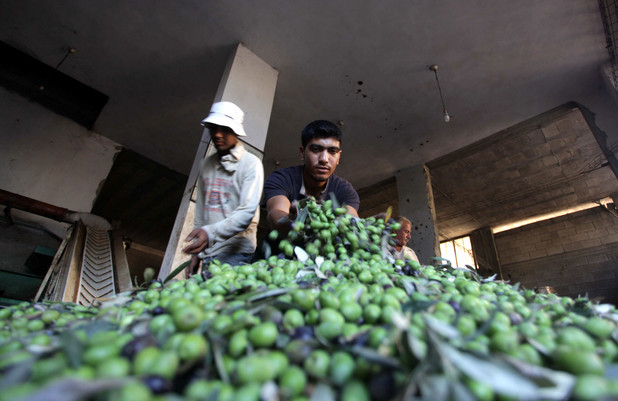Year: 2013
-
Updated with video: Apartheid wall smashed on anniversary of independence declaration
15th November 2013 | International Solidarity Movement, Ramallah Team | Bir Nabala and Rafat, Occupied Palestine This morning, November 15, 2013, 25 years after Yasser Arafat declared independence of the Palestinian state, a group of Palestinian activists undertook a direct action against the annexation wall and fence, supported by both Israeli and international activists. At approximately…
-
Palestinian farmer injured by Israeli gunfire in the Gaza Strip
16th November 2013 | International Solidarity Movement, Rosa Schiano | Gaza, Occupied Palestine On Wednesday, 13th November, gunfire by Israeli occupation forces injured a Palestinian farmer near al-Maghazi refugee camp, in the center of Gaza strip. Mneifi Abu Abdullah, age 25, was working with three other farmers about 600 meters from the separation barrier. Abu…
-
Gaza farmers succeed in tending to olive harvest — with international support
16th November 2013 | The Electronic Intifada, Joe Catron | Gaza City, Occupied Palestine During the recent olive harvest, which lasted from the end of September through October, dozens of Palestinian volunteers joined farmers in their groves near the tense barriers of the Gaza Strip. The volunteers worked during a week at the height of the harvest season, from…



